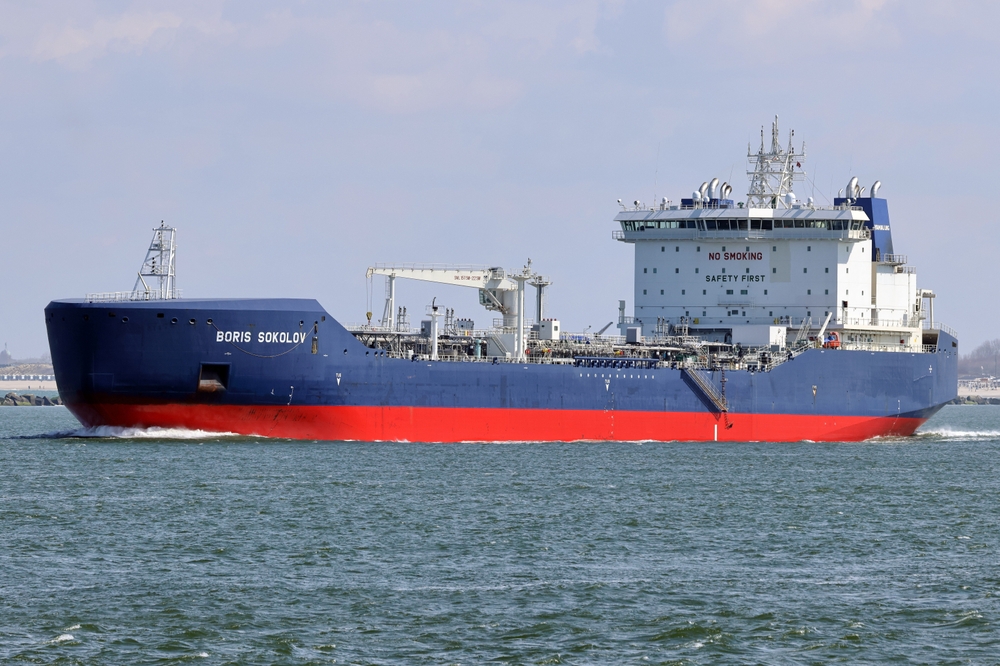his restriction follows a series of US-imposed sanctions.
Others are reading now
The global energy market has undergone dramatic shifts since Russia’s invasion of Ukraine nearly three years ago.
Western sanctions have severely restricted Moscow’s access to European markets, forcing Russia to pivot eastward.
However, even in Asia, new challenges are emerging.
China, one of Russia’s key allies and the largest importer of crude oil globally, has taken a significant step in response to increasing US sanctions.
Also read
Took Effect January 6th
Shandong Port Group, a major Chinese port operator, has restricted access for Russian oil tankers sanctioned by the US Treasury Department’s Office of Foreign Assets Control (OFAC).
These tankers are now banned from docking, unloading, or receiving services at key ports in the eastern Shandong province.
The decision, which took effect on January 6, 2025, is expected to impact the cost and logistics of oil imports for Shandong’s independent refineries, according to Ziare.
These facilities have been major purchasers of discounted crude from Russia, Iran, and Venezuela, collectively importing around 1.74 million barrels per day in 2024.
This restriction follows a series of US-imposed sanctions targeting fleets involved in transporting sanctioned oil.
Last year, Washington expanded its blacklist to include vessels linked to Iranian, Venezuelan, and Russian crude shipments.
The incoming Trump administration has signaled plans to tighten sanctions even further.
Shandong’s ports, which include Qingdao, Rizhao, and Yantai, are critical hubs for China’s oil imports.
Recently, the sanctioned vessel Eliza II unloaded at Yantai, prompting heightened scrutiny and the implementation of the ban.
Analysts suggest that the move may slow China’s oil imports, forcing refiners to adjust supply chains.
Industry observers estimate the “shadow fleet,” a group of vessels facilitating sanctioned oil transport, to include over 660 tankers.
Of these, 250-300 are believed to be regularly involved in shipping Russian crude.


